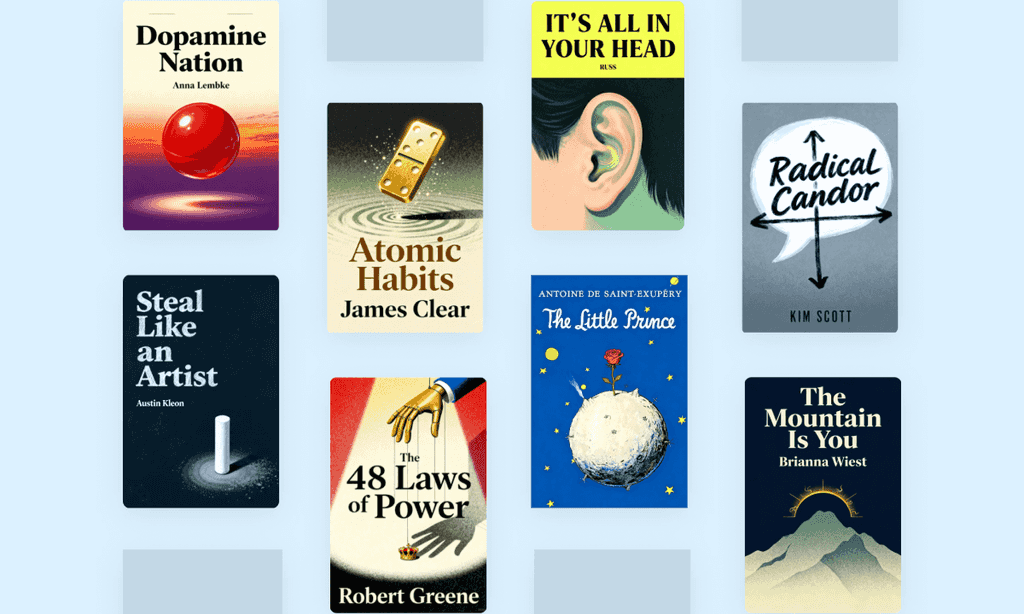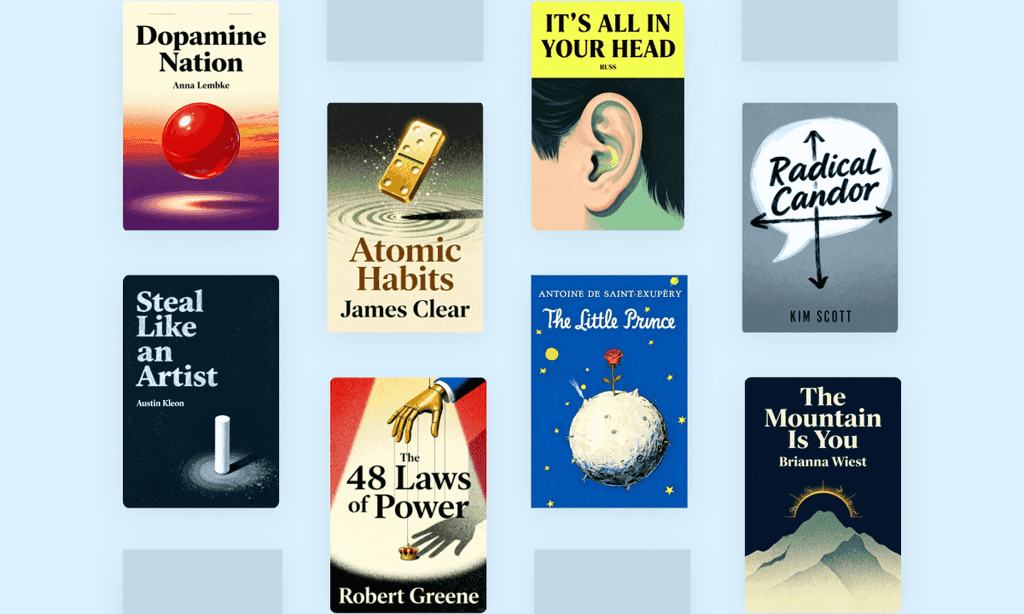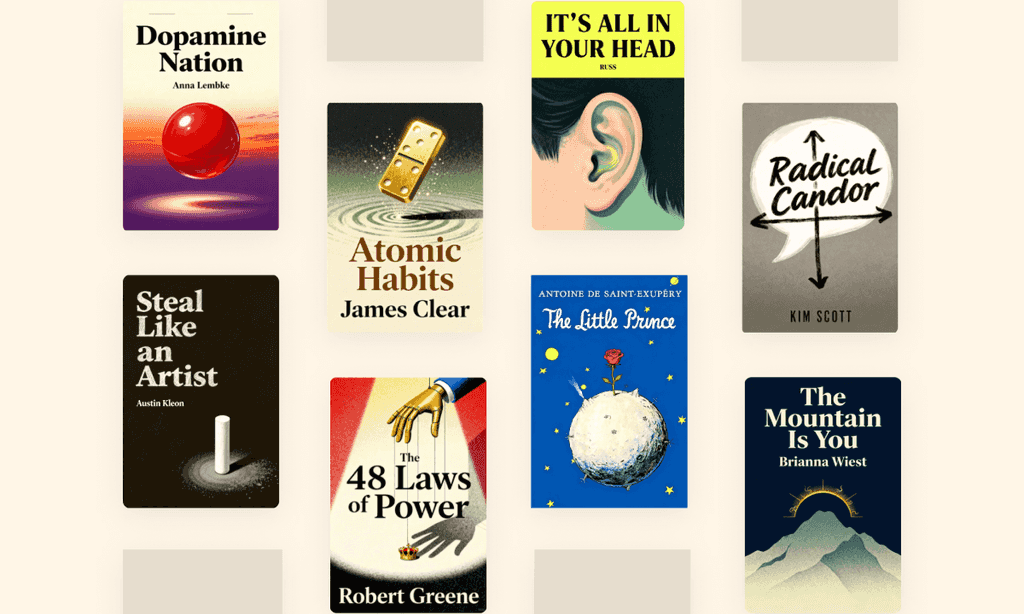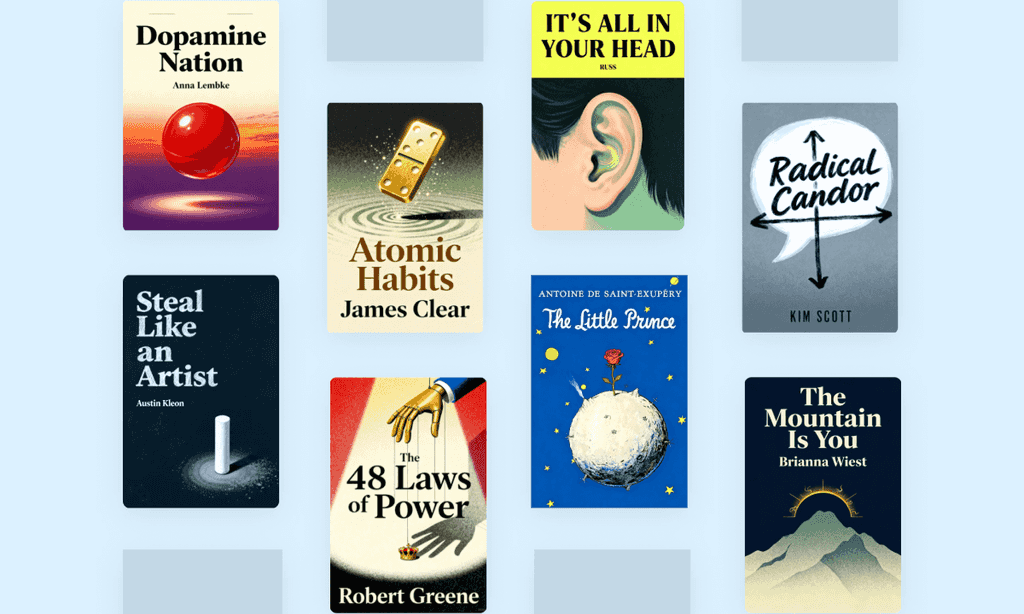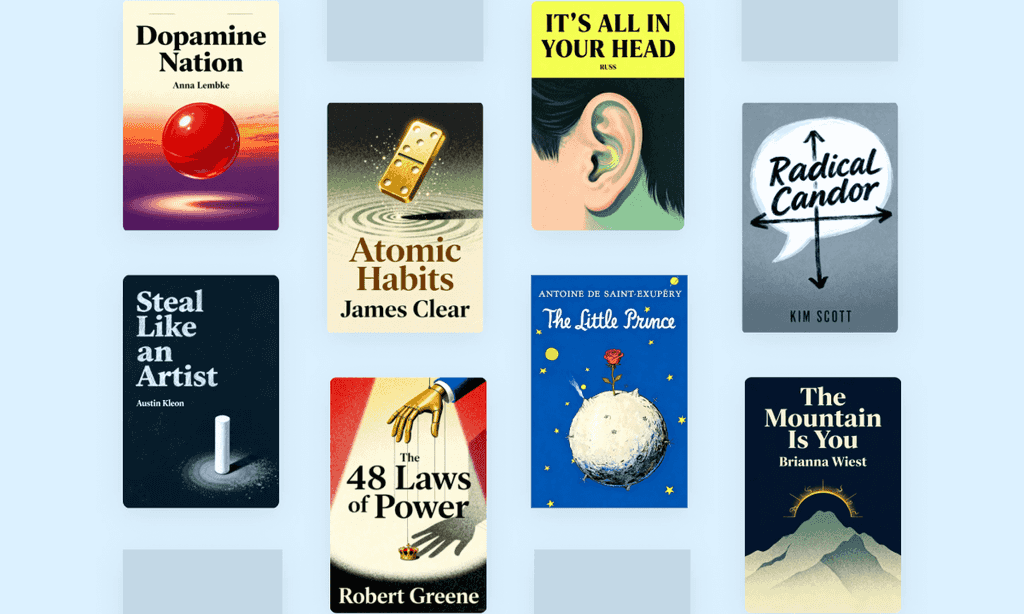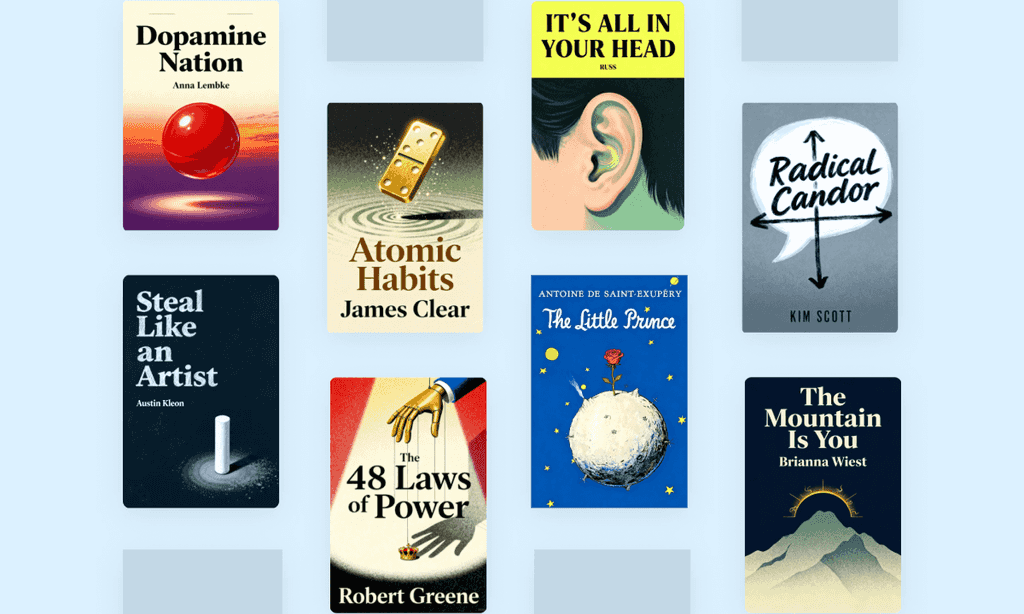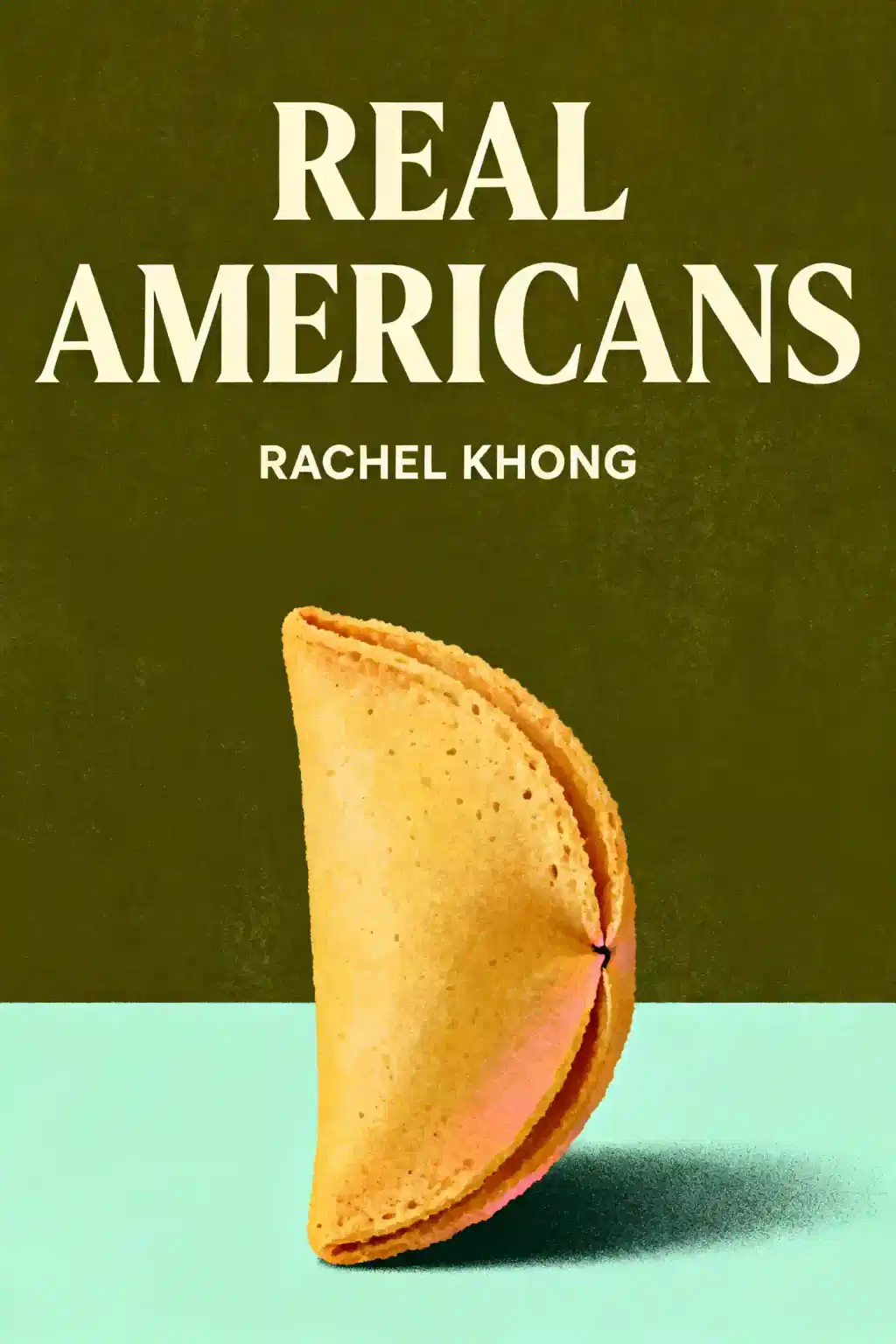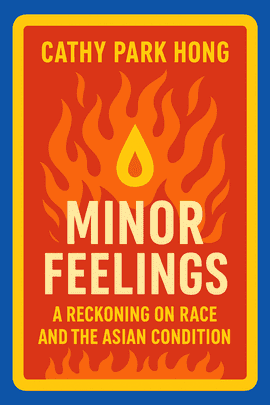
Minor Feelings by Cathy Park Hong Summary
Cathy Park Hong's "Minor Feelings" brilliantly dissects Asian American identity through raw essays that challenge racial binaries. Praised by Pulitzer winner Viet Thanh Nguyen and embraced during 2020's racial reckonings, this National Book Critics Circle Award winner asks: What truths emerge when we confront our uncomfortable emotions?
Key takeaways
The Invisible Weight of Being Seen and Unseen
What happens when your face becomes a problem before you even open your mouth? When success doesn't protect you from erasure, and invisibility doesn't shield you from violence? This exploration of Asian American consciousness begins not with triumph but with a phantom-an imaginary facial tic that consumed an accomplished poet despite having no physical basis. Living in a beautiful New York loft, book completed, life seemingly assembled, yet feeling "like a sloth that fell from its tree." The search for help led to the one Korean American therapist in-network, someone who might understand without translation. After an emotional consultation ending in tears, the therapist rejected her as a patient. No explanation. Just cold professionalism and the door closing. This rejection wasn't merely personal-it crystallized a lifetime of proving oneself into existence while simultaneously dissolving, working five times harder while watching confidence evaporate from conditional love and a society treating you as interchangeable as lint. Asian Americans occupy a peculiar purgatory: neither white enough nor Black enough, distrusted by some, ignored by others. We're carpenter ants in service industries, corporate workers who never reach leadership because we lack the right "face." Racial self-hatred means seeing yourself through white eyes, becoming your own worst enemy, resenting other Asians in the room because boundaries congeal into a horde rather than solidarity. This is the architecture of what gets called "minor feelings"-racialized emotions that are negative, dysphoric, untelegenic, built from everyday experiences of having your perception questioned. They arise when you hear a slight, know it's racial, but get told "that's all in your head."
The Brutal Ledger of American Memory and Conditional Belonging
When Comedy Reveals What Poetry Conceals
The Sideways Growth of Unenshrined Children and Bad English as Fugitive Tongue
The Crucible Where Artists Are Forged
The Violence That Erases Even as It Preserves
Breaking the Ledger of Perpetual Debt
About the author
Cathy Park Hong, author of Minor Feelings: An Asian American Reckoning, is an award-winning poet, essayist, and professor renowned for her incisive explorations of race, identity, and cultural alienation.
A Pulitzer Prize finalist and National Book Critics Circle Award winner for Minor Feelings, Hong blends memoir and cultural criticism in this genre-defying work to dissect Asian American experiences and systemic inequities. Her poetry collections—including Engine Empire and Dance Dance Revolution—experiment with language and narrative, earning accolades like the Barnard Women Poets Prize and a Windham-Campbell Prize.
A professor at UC Berkeley and former poetry editor for The New Republic, Hong’s writing has been featured in The New York Times Magazine, Time (which named her one of the 100 Most Influential People of 2021), and NPR. Born in Los Angeles to Korean immigrants, her work is rooted in navigating diasporic identity and challenging stereotypes. Minor Feelings has been widely taught in universities and hailed as a landmark in contemporary Asian American literature.
Discover more
FAQs About This Book
Minor Feelings blends memoir, cultural criticism, and history to explore Asian American identity and systemic racism. Cathy Park Hong examines "minor feelings"—residual emotions like shame and alienation stemming from racial gaslighting in a society that dismisses Asian American experiences. The book critiques the model minority myth, intergenerational trauma, and the struggle for artistic authenticity amid racial stereotypes.
This book is essential for readers interested in race studies, Asian American history, or intersectional feminism. It resonates with those navigating cultural dissonance, immigrant-family dynamics, or artistic expression under societal constraints. Academics, poets, and activists will find its blend of personal narrative and structural analysis impactful.
Yes—Minor Feelings is widely acclaimed for its raw, unflinching examination of racial consciousness. It offers a vital perspective on systemic inequity, interminority conflict, and the psychological toll of assimilation. Hong’s poetic prose and sharp cultural critique make it a standout in contemporary nonfiction.
"Minor feelings" describe the cognitive dissonance marginalized groups experience when their reality clashes with America’s optimistic narratives. These emotions—resentment, invisibility, shame—are dismissed as overreactions by a majority culture that invalidates racialized experiences. Hong frames them as a form of political awakening.
Hong deconstructs the myth as a tool of white supremacy that flattens Asian Americans into obedient, apolitical stereotypes. She argues it erases systemic barriers, perpetuates anti-Blackness, and pressures individuals to internalize success as a means of survival, rather than collective liberation.
Hong discusses Cold War-era immigration policies that selectively allowed Asian entry to bolster America’s global image, creating the model minority archetype. She also traces intergenerational trauma from events like the Korean War and Japanese occupation, linking personal history to broader systemic forces.
The book highlights Hong’s complex relationships with fellow artists Erin and Helen, illustrating how solidarity among women of color can counter isolation. It also critiques intra-racial tensions, such as anti-Blackness in Asian communities, while advocating for coalition-building.
Hong reflects on her journey to reclaim creative authority as a poet, resisting pressure to perform racial trauma for white audiences. She analyzes "bad English"—nonstandard dialects used by immigrants—as acts of linguistic resistance and cultural reinvention.
Through anecdotes about her parents’ struggles as Korean immigrants, Hong reveals how survival-oriented silence and economic precarity shape family dynamics. She contrasts their stoicism with her own vocal critique of systemic racism, highlighting generational divides.
Some note Hong’s focus on East Asian perspectives risks homogenizing diverse Asian diasporas. Others argue her emphasis on "stuckness" overlooks grassroots activism. However, many praise the book for articulating underexplored emotional realities.
Its themes of structural gaslighting, interminority solidarity, and racial capitalism remain urgent amid rising anti-Asian hate and debates over equity. Hong’s framing of "minor feelings" provides a lexicon for discussing microaggressions in workplaces and media.
Like Du Bois’ "double consciousness," Hong’s "minor feelings" theorize the psychological split between self-perception and societal projection. Both works expose how racial hierarchies distort identity, though Hong centering Asian American specificity offers a distinct lens.
Quick Summary Mode - Read or listen to Minor Feelings Summary in 11 Minutes
Break down key ideas from Minor Feelings into bite-sized takeaways to understand how innovative teams create, collaborate, and grow.
Flash Card Mode - Top 8 Insights from Minor Feelings in a Nutshell
Distill Minor Feelings into rapid-fire memory cues that highlight Pixar’s principles of candor, teamwork, and creative resilience.

Fun Mode - Minor Feelings Lessons Told Through 23-Min Stories
Experience Minor Feelings through vivid storytelling that turns Pixar’s innovation lessons into moments you’ll remember and apply.
Personalize Mode - Read or listen to Minor Feelings Summary in 0 Minutes
Ask anything, pick the voice, and co-create insights that truly resonate with you.

From Columbia University alumni built in San Francisco
See More Stories?

Get the Minor Feelings summary as a free PDF or EPUB. Print it or read offline anytime.

